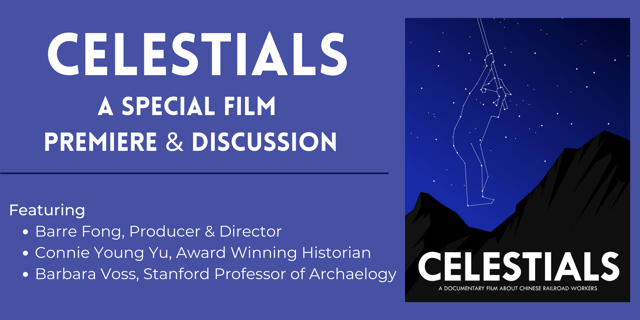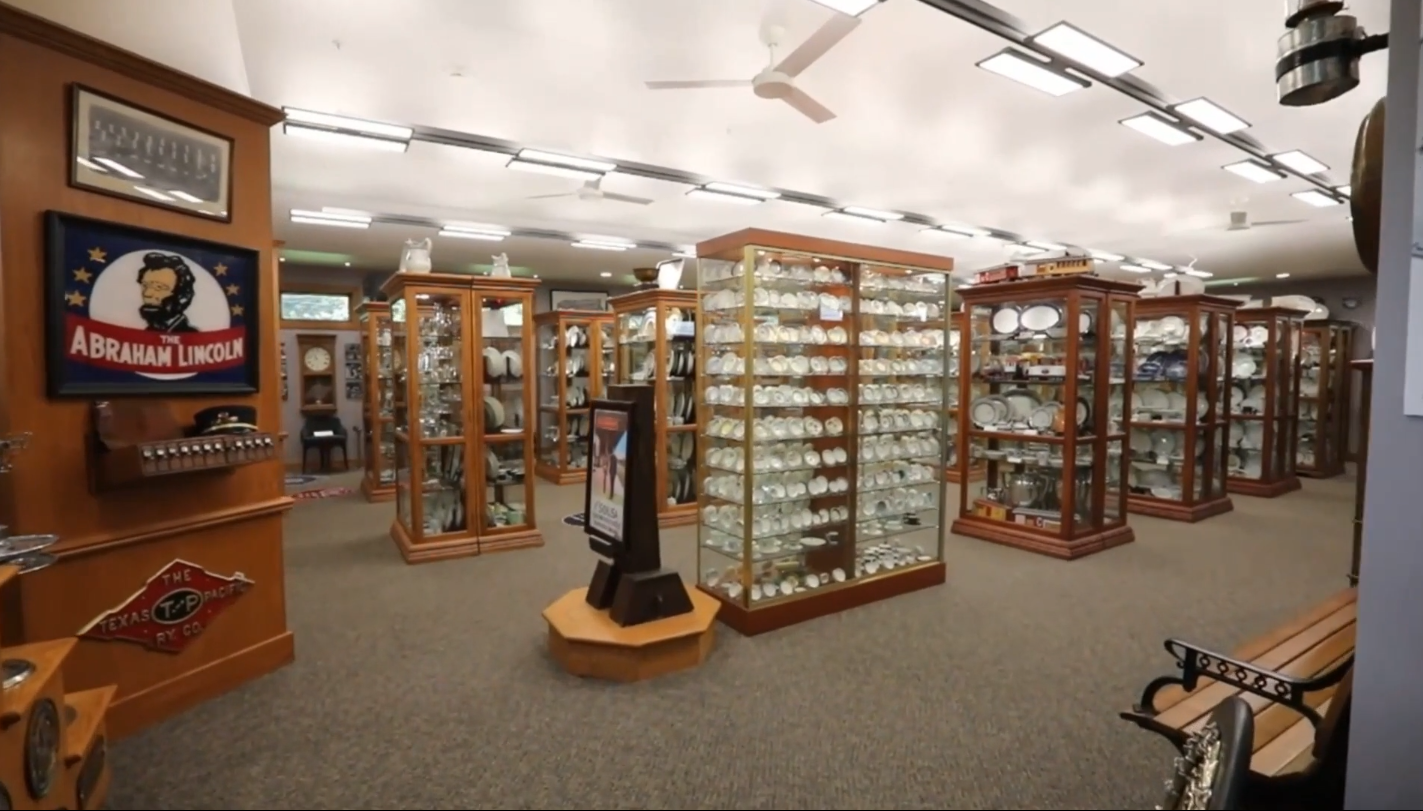We’re looking for images that capture the essence of rail transportation in the 21st century. What does contemporary railroading look like? What aspects of rail transportation remain evergreen, recognizably connecting our world with the world of the past? What is new, exciting, different, hopeful, or full of promise? What has been irrevocably altered, or what is about to be? And, just as importantly, how do photographs help us see this world?
We’re working on a book that answers these questions. We’re looking for photographs of railways in one of five subject categories:
- Scale, distance, and landscape are important characteristics that help define railroads in North America, whether it is the size of locomotives and equipment, the length of trains, or the expansive natural landscapes they traverse. Show us how railroads struggle with the natural landscape, or how they compliment it. Give us images of trains 24/7/365, in every kind of weather, and every kind of landscape.
- Work on the move. What does the path of commerce look like? How does cargo originate, how does it get where it needs to go? Who does the work? Which commodities are fading, which are going strong? Show us what the railways do, what they carry, how, and who makes it all move.
- Passenger railroading. From Amtrak at fifty years old, to the subways, commutes, and light rail trains that knit together North American cities, to new passenger rail systems under construction coast to coast, show us images that capture what passenger railroading means. We welcome images from any kind of service, especially when they show how vital passenger trains are to everyday life.
- While we are primarily looking for photographs from North American locations, we’re also interested in images of international exchange. We’re looking for photos made anywhere in the world that help put North American railways and rail practices in a global context, or help illustrate how the products that North American trains carry are part of a worldwide network of trade.
- The Holdouts. Is that old hometown railroad still running? The “Rust Belt” may be rusty, but what is still alive? Show us those surprising survivors, those anachronisms that still hang on, the things that are on the way out, and what’s about to disappear.
We’re interested in photography that communicates the present moment as elegantly as possible. We’re open to a wide variety of styles, from unusual perspectives to unusual techniques, to straightforward approaches. What matters is that your photos, in the spirit of photojournalism, tell us stories about railroading now. We would especially like images that could not have been in any other time than our own, whether because of the subject, or the way they were made, or both.
You may submit up to twenty (20) images in total that fit one or more of these themes. You may wish to submit a broad sample, or a selection that tightly focuses on a single subject; What matters most is the quality of the images and how well they respond to one or more of the themes above. Images must have been made in or after the year 2000, and we especially prefer images made since the Great Recession of 2008. For full consideration, please get us your submission by April 2nd.
Submission Process
To participate, please submit the following materials to submissions@railphoto-art.org:
- Up to twenty (20) images
- Basic captions with location, date, and basic information
- Optional supplemental text with additional caption information, context, or anything else you think we ought to know about about how your photographs respond to the themes.
- Contact information: Your name, mailing address, email address, and phone number
Electronic submissions only. Files can be sent via email, Dropbox, WeTransfer, etc.
Captions, optional supplemental text, and contact information may be sent in a document (Microsoft Word, OpenOffice, or PDF) or in the body of an email.
Images should be high-resolution jpegs with a pixel dimension of at least 3000 on one side.
Send all submissions by April 2, 2021 to submissions@railphoto-art.org

An autorack train speeds past the Gerald Grain Center on the outskirts of Archbold, Ohio, in August 2019. Photograph by Francis Byrne.
The Center will publish selected images in a future book project, and may also use images in its journal, Railroad Heritage, online, or in another appropriate format. The Center reserves the right to retain electronic copies for future publication, use on website, Facebook and other social media, or for public exhibition. In all cases, the photographer retains the copyright to the image.











 An autorack train speeds past the Gerald Grain Center on the outskirts of Archbold, Ohio, in August 2019. Photograph by Francis Byrne.
An autorack train speeds past the Gerald Grain Center on the outskirts of Archbold, Ohio, in August 2019. Photograph by Francis Byrne.
 View of the railroad dining car collection at the Jay W. Christopher Transportation Museum. Photograph by Anne Lapinski.
View of the railroad dining car collection at the Jay W. Christopher Transportation Museum. Photograph by Anne Lapinski.